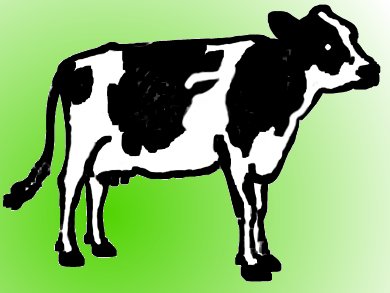Exposure to heat stress in dairy cows leads to undesired side effects that are reflected by complex alterations in endocrine parameters, such as reduced progesterone, estradiol, and thyroid hormone concentrations. These endocrine maladaptation leads to reduced milk production rates and reproductive issues in farmed animals, resulting in heavy economic losses around the world.
The desired room temperature of dairy cows is below 18 °C, much lower compared to human and smaller mammals. Above this homoiothermical norm temperature mammals have to cool their body temperature by sweating. Upon heat stress one of the mammals’ defense systems is to increase the expression of heat shock proteins such as HSP70.
Torsten Viergutz, Joachim M. Weitzel and coworkers from Leibniz Institute for Farm Animal Biology (FBN), Dummerstorf, Germany, studied the effects of heat stress on Bovine Dermal Fibroblast Cells using Western blot, Flow Cytometry, Immunoprecipitation and Statistical Analysis approaches. HSP70 physically interacts with prostaglandin E synthase (PGES), the key enzyme in prostaglandin PGE2 synthesis. The resulting HSP70-PGES complex dissociates upon milder heat stress whereas the complex remains unaffected upon massive heat stress. Prostaglandin synthesis is diminished by an undissolved HSP70-PGES complex.
Thus, targeting the HSP70-PGES complex might be a promising way to defend against thermal stress in mammals.
- Prostaglandin E synthase interacts with inducible heat shock protein 70 after heat stress in bovine primary dermal fibroblast cells,
Constanze Richter, Torsten Viergutz, Manfred Schwerin, Joachim M. Weitzel,
Cytometry 2015.
DOI: 10.1002/cyto.a.22595



